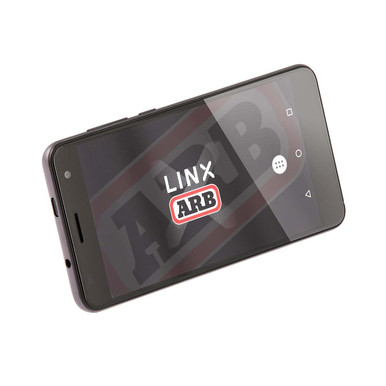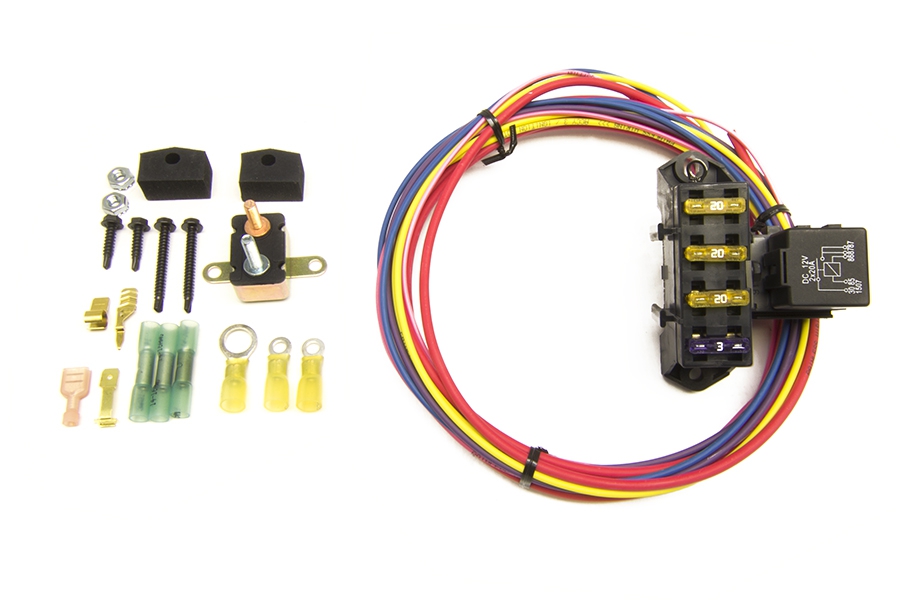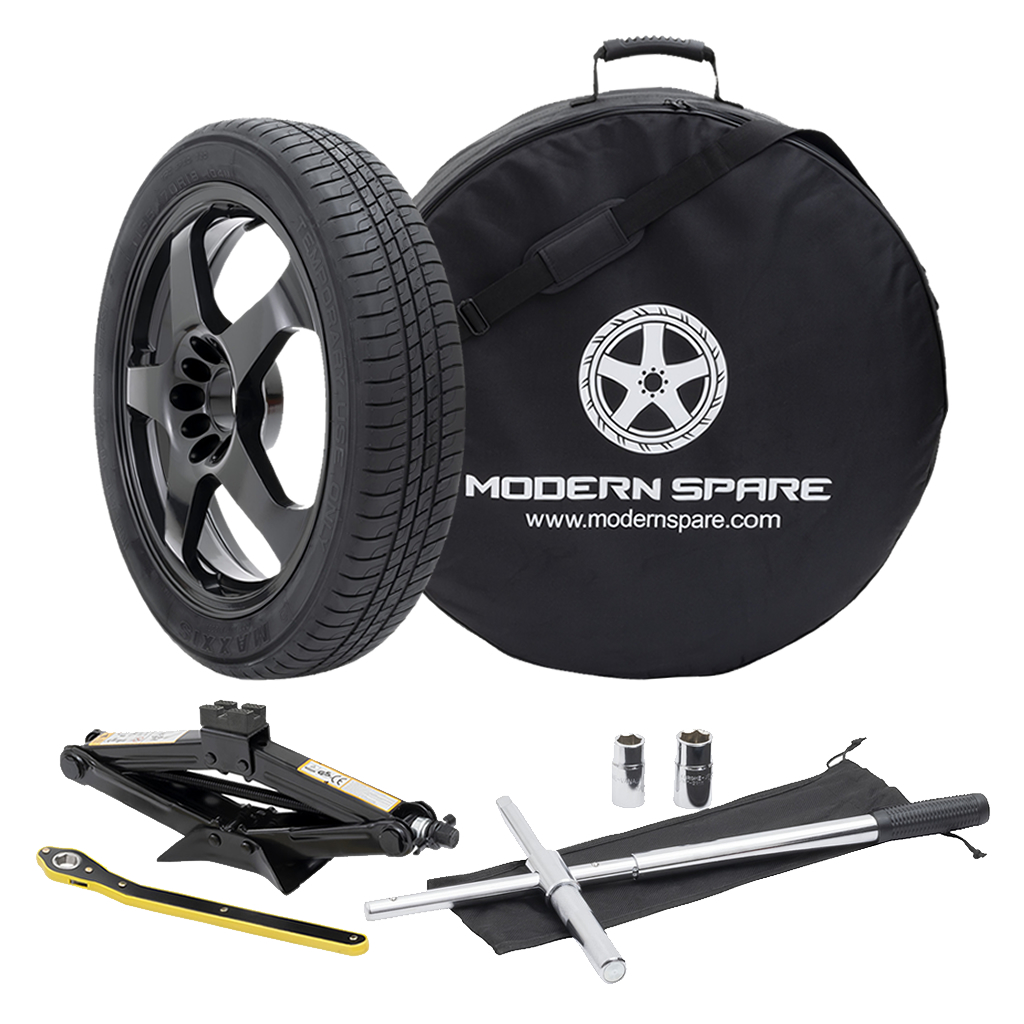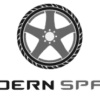Current photos of our Sienna  :
:
![Image]()
![Image]()
![Image]()
![Image]()
![Image]()
![Image]()
![Image]()
---
Jump to modification list:
---
Greetings,
Starting up a modification thread to track and share my tinkering, thoughts, and family adventures with our new kid hauler, road trip vehicle - a 2023 Sienna AWD Platinum.
Background. I’m a big Toyota fan and have owned several Toyota 4x4s over the years; most notably a heavily modified Tacoma and a couple Land Cruisers.
Photos from some adventures with the Tacoma:
![Image]()
![Image]()
The 4x4s were all superb, capable vehicles, but with a growing family and shifted priorities we required an AWD vehicle that is convenient/practical for day-to-day activities with kids. Outstanding fuel economy and range, for long stretches of pavement, would also be a welcome change.
Given this, the new Sienna was the natural choice.
Finding one in this market was a challenge to say the least, but we were able to secure an allocated unit this past December and took delivery in January.
Fresh off the transporter:
![Image]()
A one way flight to Tennessee, followed by a couple days driving, and it was in the garage.
—-
My plan with the modifications to this van is to keep the vehicle’s aesthetics and operability/reliability/drivability as OEM as possible, while adding to the functionality and convenience of the vehicle. Again, this Sienna will be our daily driver/kid mover, so subtle, functional upgrades are the endstate - this isn’t going to resemble a SEMA or tradeshow vehicle, but rather my swing at improving upon an already incredible platform and making it the ultimate vehicle for the “Great American Roadtrip“. I look forward to exploring this country with my family and using this van to do it.
I hope this thread helps and maybe even inspires other Sienna owners to expand the capability of their vehicles; I look forward to gaining knowledge from others here on the forum and sharing my progress along the way.
Thanks for stopping by. Cheers,
---
Jump to modification list:
---
Greetings,
Starting up a modification thread to track and share my tinkering, thoughts, and family adventures with our new kid hauler, road trip vehicle - a 2023 Sienna AWD Platinum.
Background. I’m a big Toyota fan and have owned several Toyota 4x4s over the years; most notably a heavily modified Tacoma and a couple Land Cruisers.
Photos from some adventures with the Tacoma:
The 4x4s were all superb, capable vehicles, but with a growing family and shifted priorities we required an AWD vehicle that is convenient/practical for day-to-day activities with kids. Outstanding fuel economy and range, for long stretches of pavement, would also be a welcome change.
Given this, the new Sienna was the natural choice.
Finding one in this market was a challenge to say the least, but we were able to secure an allocated unit this past December and took delivery in January.
Fresh off the transporter:
A one way flight to Tennessee, followed by a couple days driving, and it was in the garage.
—-
My plan with the modifications to this van is to keep the vehicle’s aesthetics and operability/reliability/drivability as OEM as possible, while adding to the functionality and convenience of the vehicle. Again, this Sienna will be our daily driver/kid mover, so subtle, functional upgrades are the endstate - this isn’t going to resemble a SEMA or tradeshow vehicle, but rather my swing at improving upon an already incredible platform and making it the ultimate vehicle for the “Great American Roadtrip“. I look forward to exploring this country with my family and using this van to do it.
I hope this thread helps and maybe even inspires other Sienna owners to expand the capability of their vehicles; I look forward to gaining knowledge from others here on the forum and sharing my progress along the way.
Thanks for stopping by. Cheers,










